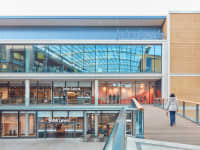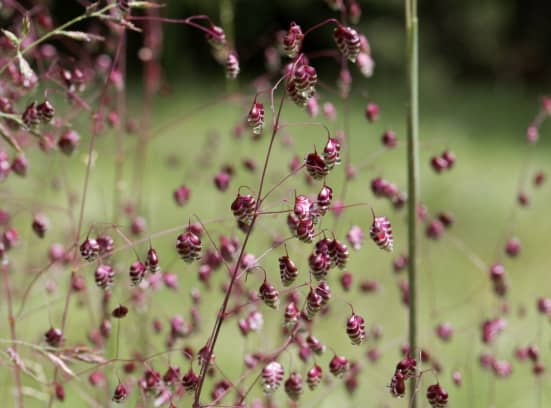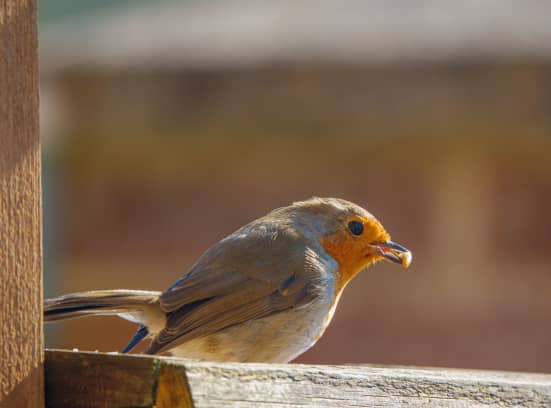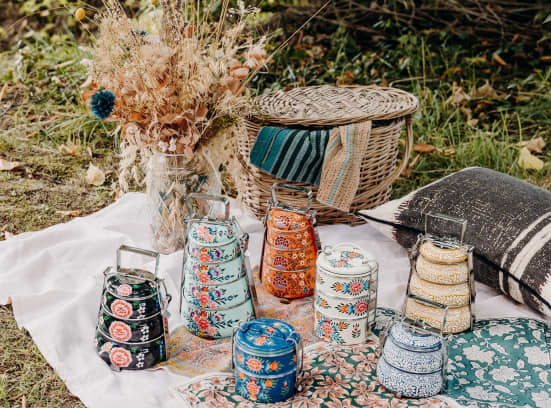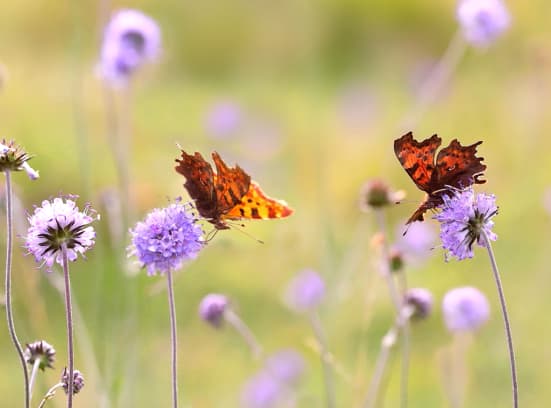Having been forced to stay indoors for many weeks this year, you are no doubt looking for interesting houses and gardens to visit and making plans to explore new places once restrictions are lifted.
There are several beautiful historic houses and gardens around Oxfordshire but if you have not visited Kingston Bagpuize House and Gardens, perhaps now is the time to do so. Located on the edge of Vale of White Horse, just six miles from Abingdon and 11 miles from the centre of Oxford, the property remains a family home. Viewers of ITV’s Downton Abbey may recognise this beautiful early Georgian style house built in red brick with stone quoins, banding and window surrounds, as the setting for Lord Merton’s house. The house also featured in the recent screen film of Emma released in February 2020.
Set in parkland and surrounded by glorious gardens, visitors can enjoy walking around grounds planted with an impressive collection of trees, shrubs, perennials and bulbs providing year-round interest. Each spring, the gardens offer an impressive display of snowdrops followed by a profusion of magnolia blooms. As the year continues, there are numerous summer flowering trees and shrubs, many providing a riot of autumn colour.
Much of the gardens were constructed following the property’s purchase by a Miss Raphael in April 1939. Having moved from London, the new owner had extensive plans to design a garden influenced by her travels to China, Japan, Canada and South Africa. However, with the start of WWII later that year her garden projected was put on hold for a decade, the grounds being used by the war ministry to erect Nissen Huts in both the Garden Park and East Park. Left with the solid concrete bases of the wartime buildings which took time to remove, work finally started in 1949. Planting commenced near to the house and the Woodland Garden and Shrub Border were created. This was followed in 1952 by the creation of the Beech Avenue which stretches from the four Wellingtonias planted around 1860 to the end of East Park.
With her keen interest in plants, Miss Raphael sought advice from the esteemed plantsman Harold Hillier (later Sir Harold Hillier). Most of the trees and shrubs planted between 1949 and 1974 were supplied from his nurseries. This resulted in a noteworthy collection of trees and shrubs including Magnolia campbellii and Magnolia denudata, a Persian Silk Tree (Albizia julibrissin) and a Caucasian wingnut (Pterocarya fraxinifolia). There is also a wide variety of interesting perennials and bulbs. Additional varieties of specimen trees and shrubs have continued to be added to Miss Raphael’s original planting to ensure her garden legacy continues giving enjoyment to visitors throughout the year.
Where early maps suggested a formal garden, Yew hedges were added by Lady Tweedsmuir to her aunt’s garden in the early 1980s. Following a harsh winter in 1981/82, new trees were planted in the Shrub Border. Other trees were added in the West Park, Garden Park and Woodland Garden in 1994 and 1996 by Francis and Virginia Grant to celebrate the births of their daughter and son. Following Francis’ premature death in 2003, Virginia cleared both the Church Copse and Court Close Copse of brambles and elder enabling visitors to enjoy the naturalised snowdrops and martagon lilies.
The Covid-19 pandemic and the necessary closure of the garden has allowed significant replanting of the long mixed border where from early summer, visitors can enjoy roses and herbaceous perennials. As you pass through the ornamental gate, a profusion of climbers planted against the south facing wall of the Terrace Walk give an appealing vertical display. In April and May Wisteria sinensis climbs up through the yew trees followed in June by Rosa Paul’s Himalayan Musk and Rosa Wickwar. The Terrace border, planted in early 2000, is a dry garden with a selection of drought tolerant plants giving annual interest. The 18th-century Pavilion at the end of the terrace provides lovely views over the garden.
The latest addition to the garden in 2018 was the construction of a wildlife pond. Planted with oxygenating and marginal plants, a wide variety of wildlife including mallard ducks, newts and dragonflies enjoy all that it has to offer.
The gardens are normally open on selected dates between February and September with the house also open from March to September. There is a rare plant sale held each May. For further information, booking tickets and opening times please visit kbhevents.uk.
